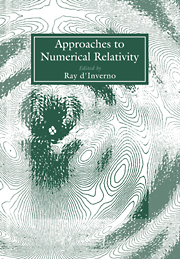Gravitational Collapse and Spacetime Singularities
Physical phenomena in astrophysics and cosmology involve gravitational collapse in a fundamental way. The final fate of a massive star when it collapses under its own gravity at the end of its life cycle is one of the most important questions in gravitation theory and relativistic astrophysics, and is the foundation of black hole physics. General relativity predicts that continual gravitational collapse gives rise to a space-time singularity. Quantum gravity may take over in such regimes to resolve the classical space-time singularity. This book investigates these issues, and shows how the visible ultra-dense regions arise naturally and generically as an outcome of dynamical gravitational collapse. It will be of interest to graduate students and academic researchers in gravitation physics, fundamental physics, astrophysics, and cosmology. It includes a detailed review of research into gravitational collapse, and several examples of collapse models are investigated in detail.
- Includes a detailed review of the recent research in gravitational collapse
- Several examples of collapse models are worked out in detail
- Formation processes for the black-hole and naked singularities are discussed, giving an insight into the dynamical processes in the cosmos
Reviews & endorsements
"This monograph provides a useful introduction to aspects of gravitational collapse and the developments of singularities."
Robert J. Low, Mathematical Reviews
Product details
January 2008Hardback
9780521871044
284 pages
253 × 184 × 18 mm
0.652kg
Available
Table of Contents
- 1. Introduction
- 2. The spacetime manifold
- 3. Spherical collapse
- 4. Cosmic censorship
- 5. Final fate of a massive star
- References
- Index.






